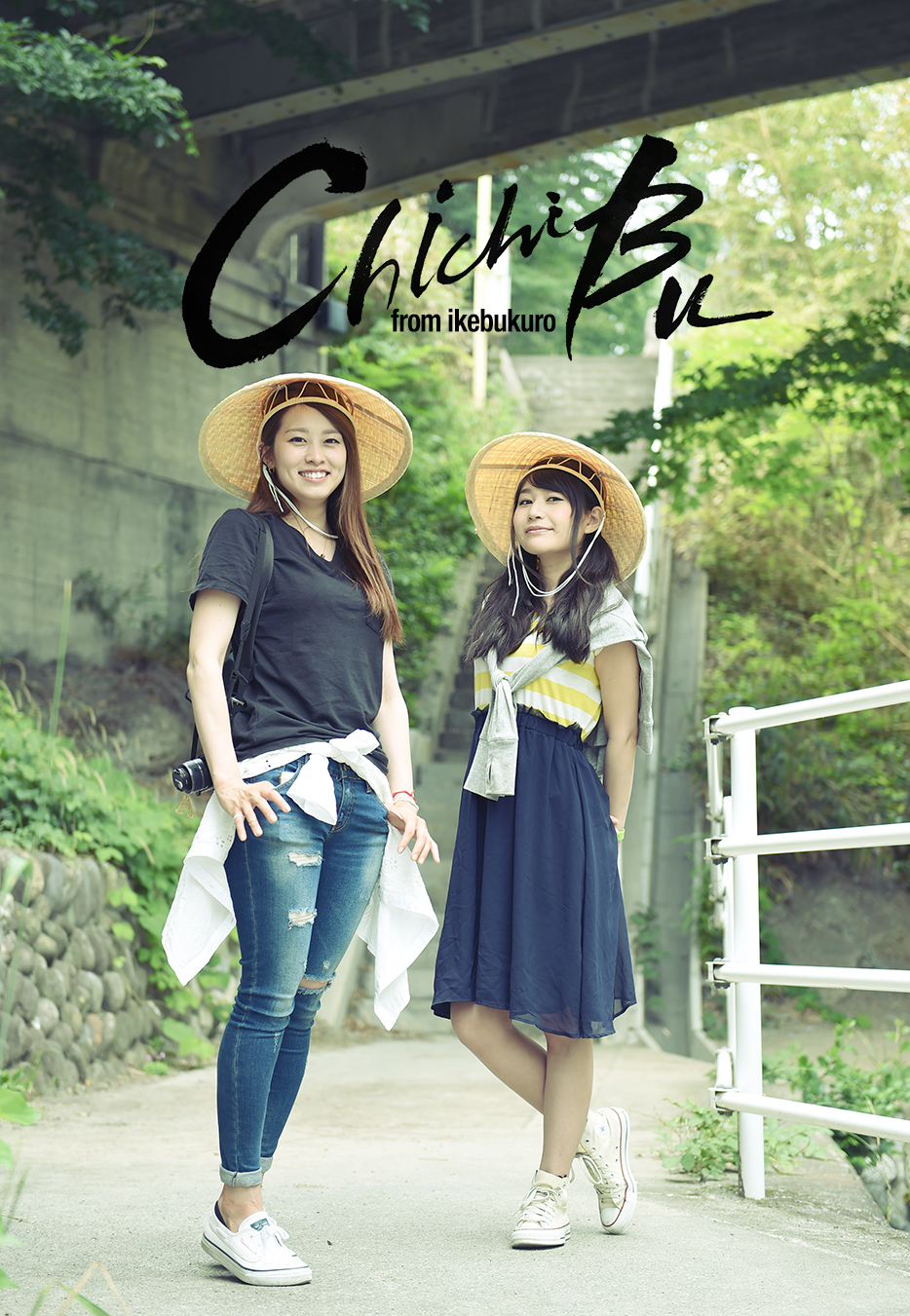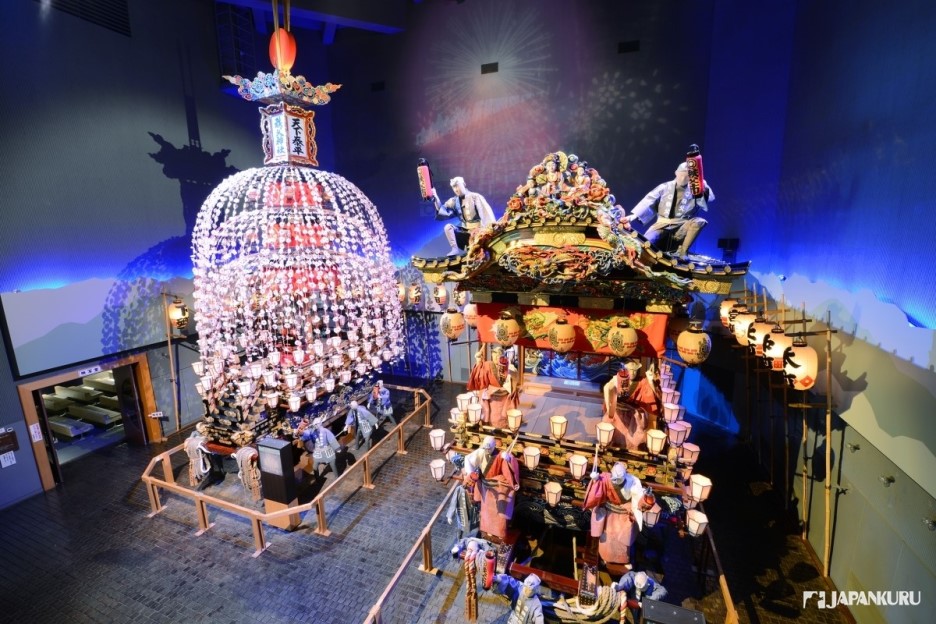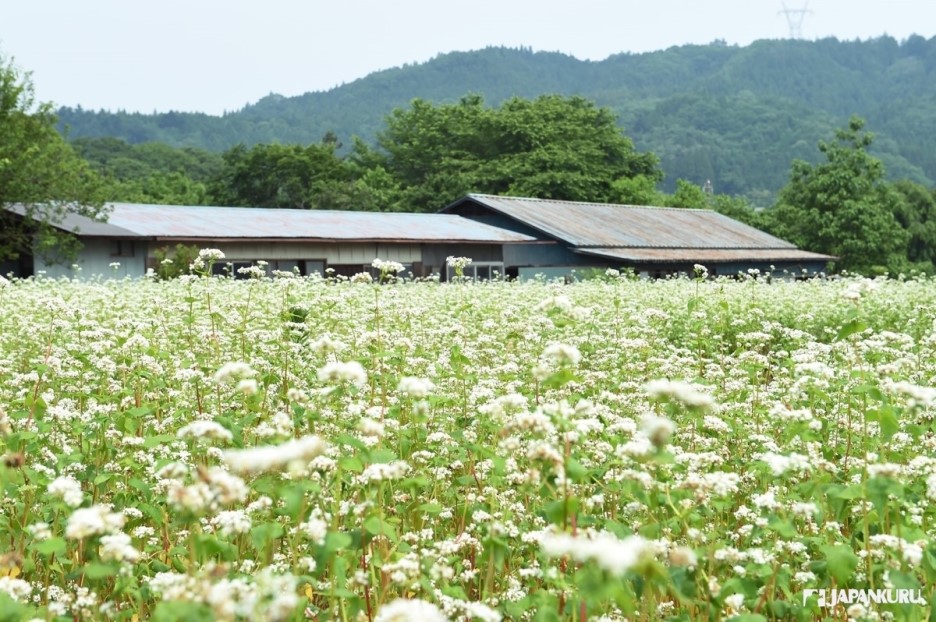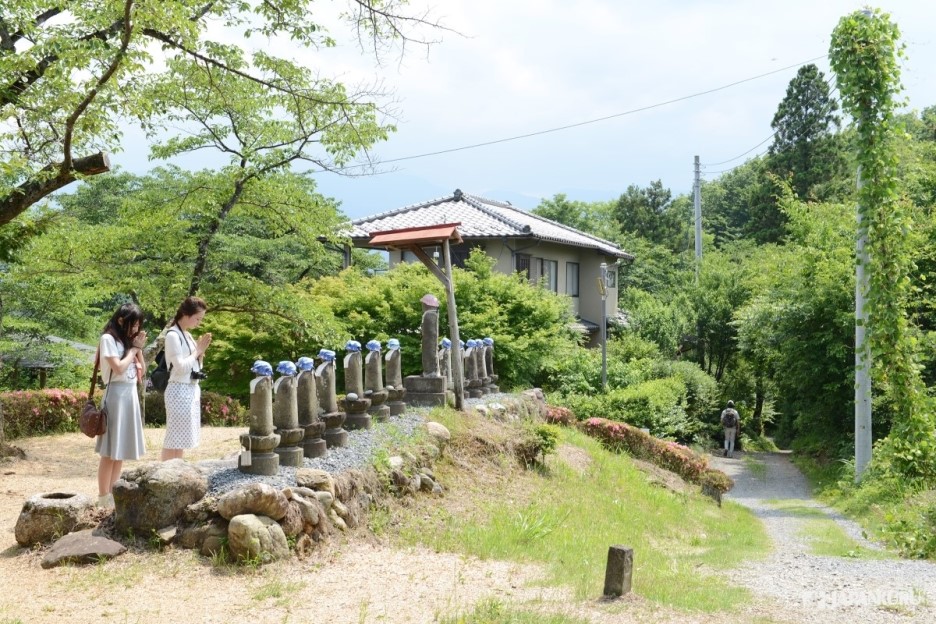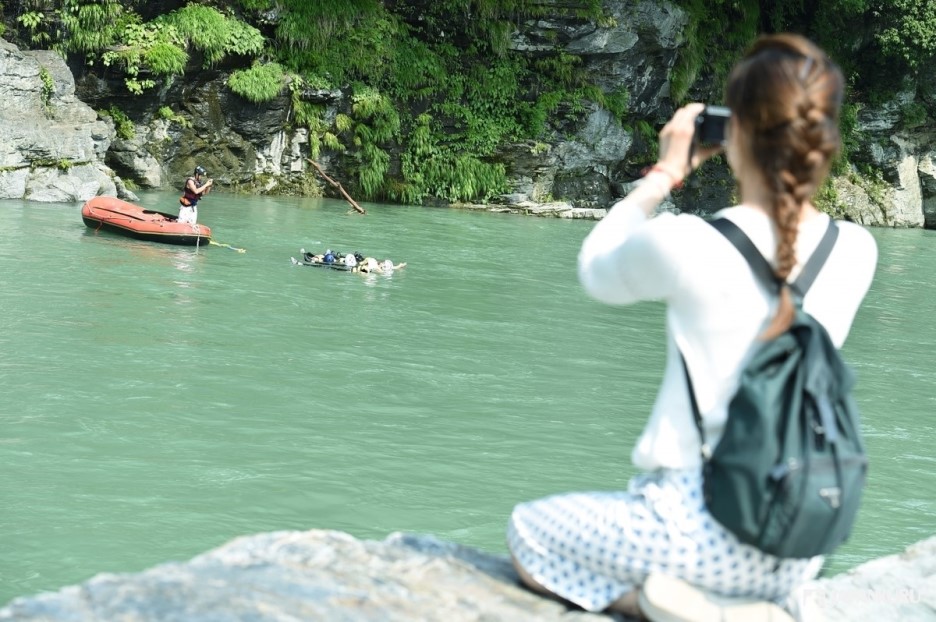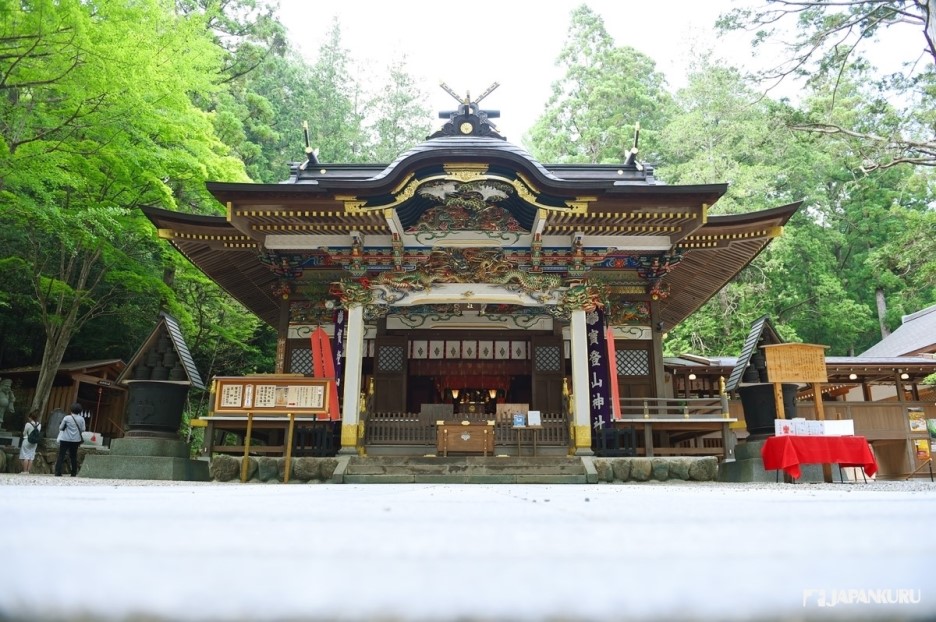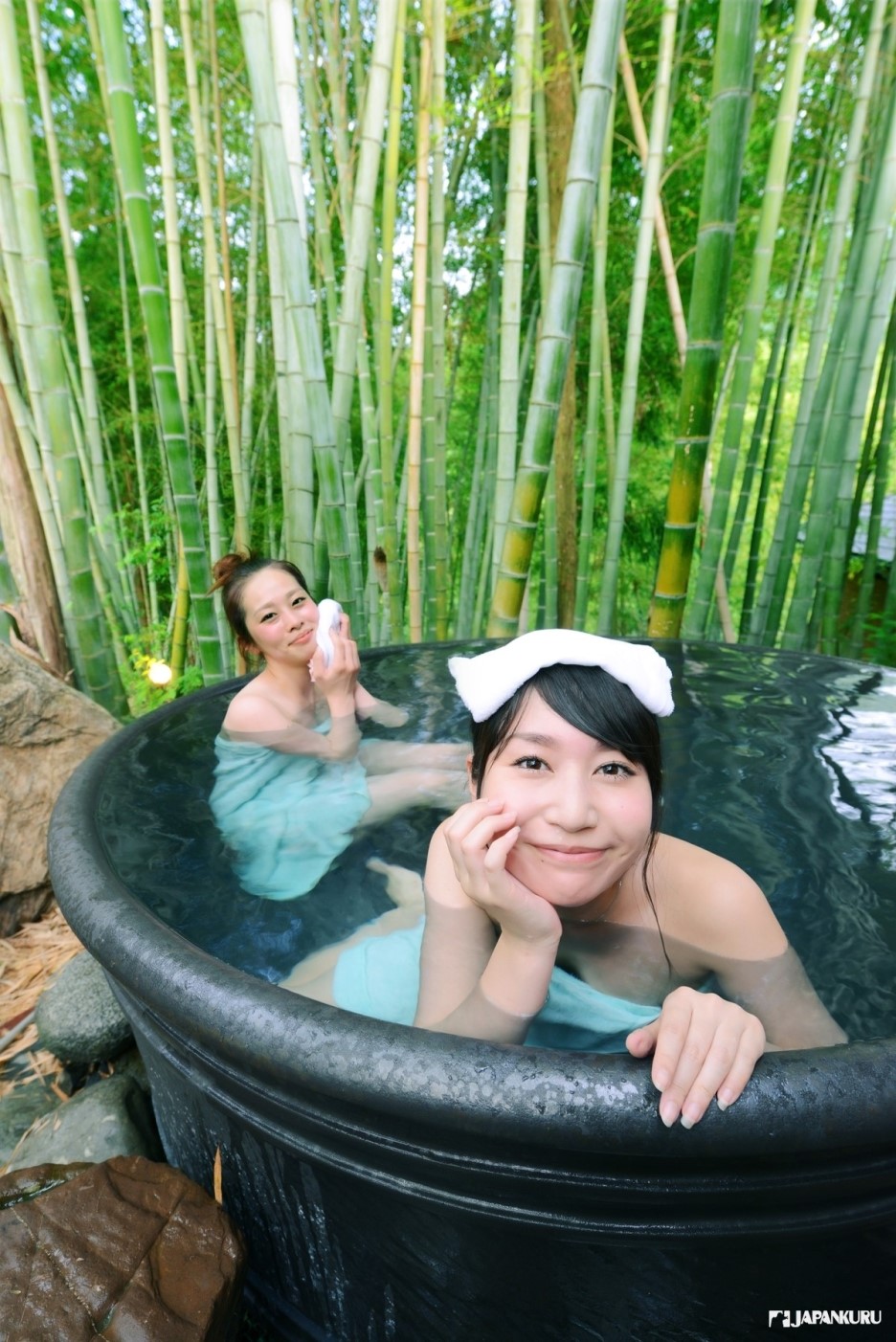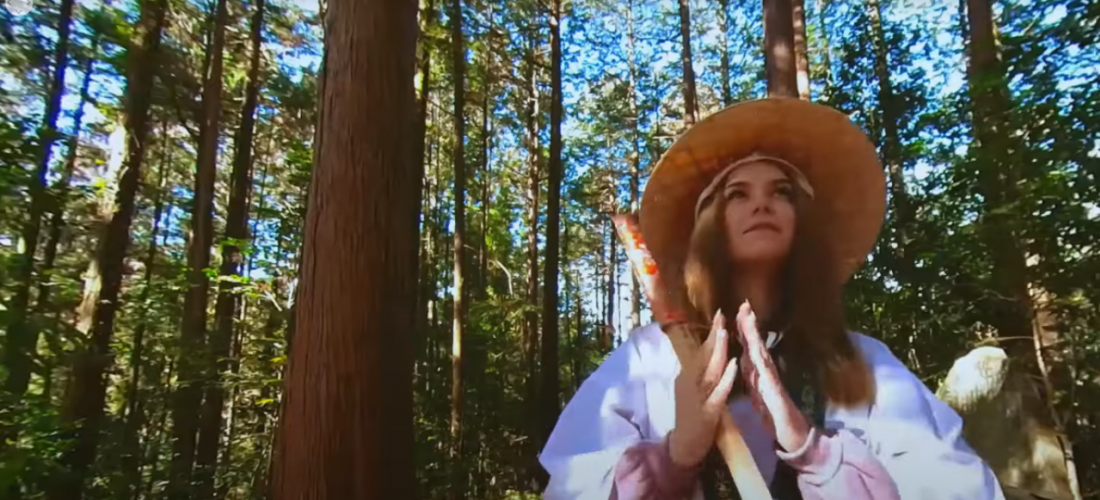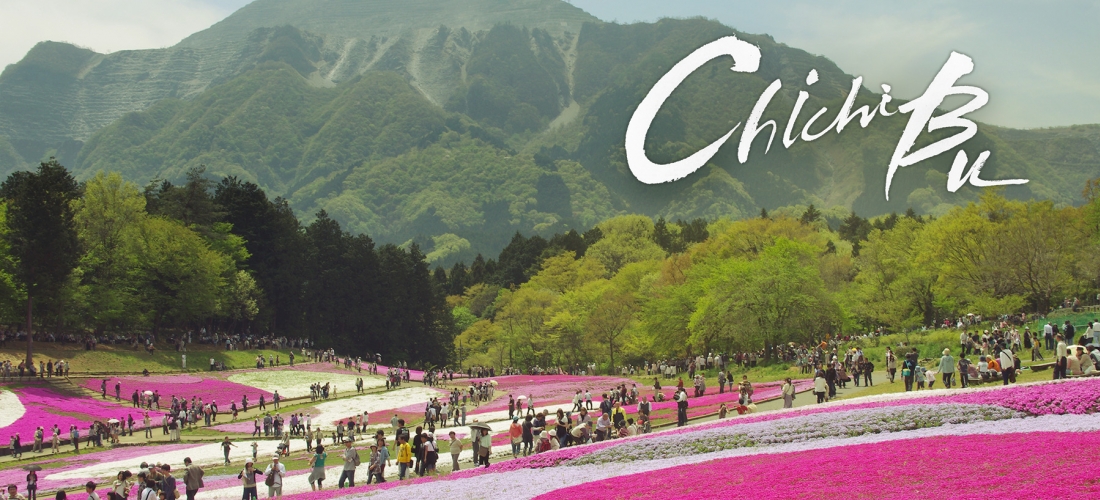
CONTENTS
An easy day trip from Tokyo, check out the sacred temples, buckwheat fields, and relaxing hot springs of Chichibu!
From Tokyo to Chichibu
Whether you're a seasoned traveler who's been to all the big spots in Japan and is looking for something a little off the beaten path, or you're just a newbie searching for a great day trip from Tokyo, there are plenty of little towns outside of the big city of Tokyo, just waiting to be discovered. So, way back in 2015, the Japankuru team set out from Ikebukuro Station, hopping on a Seibu Railway line bound for the city of Chichibu! A small city in the prefecture of Saitama, north of Tokyo, Chichibu is a unique destination for shrines, temples, festivals, soba noodles, and more! And better yet, it's less than an hour and a half from the big city, making it a perfect place to spend the day before returning back to your home base in Tokyo.
Seibu Ikebukuro Station ➡ Seibu Chichibu Station
Duration: 1 hour 18 minutes (Express Train)
Tickets: one-way 790~1,500 yen/Chichibu 2-Day Pass 2,350 yen
Official Website (en)
▶ Basic one-way tickets cost 790 yen for regular trains, or 1,500 yen for a limited express ticket straight from Ikebukuro to Chichibu. The Chichibu 2-Day Pass includes one regular round-trip ticket, and you can pay the extra 710 yen to make it express if you prefer. It also gives you unlimited local rides around Chichibu, making it a convenient and pretty cost-effective choice!
1. Chichibu Shrine
Chichibu Festival Museum (秩父まつり会館)
2-8 Banbamachi, Chichibu, Saitama
Official Website (en)
4. The 34 Kannon Pilgrimage
Officially known as the Chichibu 34 Kannon Temple Circuit (秩父札所三十四巡り), this ancient pilgrimage route connects 34 temples scattered across the mountains and small communities that make up the Chichibu area, and the traditional path takes pilgrims all the way from Shimabuji Temple to Suisenji Temple. People have been hiking along dirt roads and mountain paths to complete the temple circuit since the 13th century, and to this day, you can join in (and even wear a straw hat and white robe if you want), visiting any number of the 34 different temples and taking in some breathtaking views of the landscape as you go!
5. Nagatoro
Use your Chichibu 2-Day Pass to head over to Nagatoro, and you'll find that the most popular activity for visiting travelers is Nagatoro river rafting! There are a few different options when it comes to gliding down the Arakawa Riverーyou can choose to use modern boats, rafts, and gear, or you can go the traditional route, and let an experienced punter guide you through the water on a traditional wooden boat!
There's one more must-see in the Nagatoro area! Hodosan Shrine is another of Chichibu's famous shrines, and it's known for a reason. This shrine was rebuilt in the Meiji era, which leaves us with the beautifully colorful, carved shrine buildings we see today, but it's said that Hodosan Shrine was first established in the year 110, making it close to 2,000 years old! The history of the shrine is intertwined with Japanese myths of legendary emperors and princes, and visiting the shrine, you can walk in those legendary footsteps.
Hodosan Shrine (寳登山神社)
1828 Nagatoro, Chichibu District, Saitama
Official Website (en)
6. Onsen in Chichibu
From ancient shrines to modern river rafting, pilgrimage-style hikes through the forest to long soaks in hot onsen water, there's plenty to do and see in this little part of Saitama Prefecture. So next time you're ready to get away from Tokyo for a day and see a little bit of what else Japan has to offer, hop on the Seibu Railway and head to Chichibu!
Bonus: Did you know that Chichibu was the setting for an anime called "Anohana: The Flower We Saw That Day" (あの日見た花の名前を僕たちはまだ知らない)? The anime is a tear-jerking story of six childhood friends, and it features a number of spots around Chichibu in the background! It's a short anime, but back before our photoshoot in 2015, the Japankuru team ended up watching all 11 episodes in just one night! (And yes, sobbing.) Check out our video to see lots more of Chichibu (and watch us pretend we're living in an anime)!
For more info and updates from Japan, check Japankuru for new articles, and don't forget to follow us on Twitter, Instagram, and Facebook!
Details
NAME:Chichibu, Saitama (埼玉県秩父市)
MAP
ACCESS:Seibu Chichibu Station
PROFILE
Follow us @Japankuru on Facebook, Instagram, and Twitter!
COMMENT
FEATURED MEDIA
VIEW MORE
・Accommodations for Odaiba Sightseers: Mitsui Garden Hotel Toyosu PREMIER ・住宿推薦 三井花園飯店 豐洲普米爾 ・오다이바 관광 맞춤 숙소: 미츠이 가든 호텔 토요스 프리미어 ・ค้างคืนที่ Mitsui Garden Hotel Toyosu Premier โรงแรมสำหรับผู้มาเยือน Odaiba #japankuru #odaiba #tokyo #tokyotrip #japantrip #japantravel #mitsuigardenhotel #mitsuigardenhoteltoyosupremier #tokyohotel #odaibahotel #toyosu #tokyoview #tokyobay #rainbowbridge #미츠이가든호텔토요스프리미어 #오다이바 #오다이바맛집 #오다이바건담 #오다이바해변공원 #오다이바야경 #오다이바온천

Nagano Prefecture is famous for delicious soba noodles, and in the city of Ueda, you can learn from the experts! Local aunties run this cooking class, teaching you everything you need to know to make your own delicious plate of soba noodles entirely from scratch. #japankuru #soba #sobanoodles #japanesefood #travelexperience #japan #japantrip #ueda #nagano #japaneseculture #japanexperience #daytrip #daytour #cookingclass #japanesecookingclass #上田市 #そば作り #소바체험 #우에다시 #나가노여행 #일본소바

Kuramae Shrine is known for its early-blooming cherry blossoms and its gorgeous golden mimosa blooms, making it a great sakura spot for travelers arriving in Tokyo a little early for the main cherry blossom season. It’s also tucked away in a neighborhood packed with trendy cafes and coffee shops. Kuramae is a lovely place to spend the day. 🌸☕️ ・ #japankuru #kuramaeshrine #kuramae #tokyo #tokyotrip #cherryblossom #cherryblossoms #mimosa #tokyocherry #花見 #蔵前神社 #ミモザ #桜 #東京 #Japan #日本 #일본 #Japon #ญี่ปุ่น #Japão #Japón #япония #japantravel #日本旅行 #日本旅遊 #일본여행 #japan_of_insta #japantrip #traveljapan

Local Japanese Favorites at the Okinawa Don Quijote ② Ohta’s Isan, the digestive aid of the Japanese people ・ ・ 2024唐吉訶德不可不知的好物推薦② 日本國民消化小幫手:太田胃散 ・ ・ 오키나와 돈키호테 숨은 꿀템2. 일본 국민 소화제! 오타이산 #japankuru #okinawa #donki #沖縄 #오키나와 #오키나와여행 #오키나와돈키호테 #일본쇼핑리스트 #오타이산 #일본소화제 #太田胃酸 #ohtasisan

Happy Valentine's Day from the Japankuru team! May your day be full of sweet chocolates and sweet nothings. 💕 Or, if you're like a rising number of women in Japan, take the opportunity to treat yourself! 🍫💝💆 • Find out more at Japankuru.com! (Link in bio.) • #japankuru #valentinesday #valentineschocolate #japanesechocolate #japaneseculture #バレンタイン #バレンタインチョコ #メリーチョコレート #Japan #日本 #일본 #Japon #ญี่ปุ่น #Japão #япония #japantravel #日本旅行 #日本旅遊 #일본여행 #japan_of_insta #japantrip #traveljapan #japan🇯🇵 #japanlife #igerstokyo #explorejapan #japanfocus #enjoyjapan #japantravelphoto

Japankuru Coupon: BEAMS fashion, accessories, lifestyle goods, and more! BEAMS 5% Discount Coupon ▶︎ Validity Dates: February 1 ~ February 29, 2024 ▶︎ Discount: 5% off all products in-store ▶︎ Usable At: BEAMS stores throughout Japan (all stores except BEAMS JAPAN Izumo and BEAMS JAPAN Nikko) ▶︎ Details: Please present this coupon page before payment to receive your discount! This coupon is also valid in combination with tax-free discounts/refunds for foreign tourists. (Tax-free shopping is only available at some BEAMS locations.) Some products may not be eligible for discount. ・ ・ ・ BEAMS - JAPANKURU優惠折扣券 BEAMS 2024年2月限定特別優惠券 店內全部商品95折 ▶︎使用期間:2024/2/1到2024/2/29 ▶︎使用範圍:日本全國店舖 ▶︎使用方法:結帳時請務必事先向店員出示本優惠券,若未出示本優惠券恕無法享有本優惠。本優惠券可搭配免稅優惠一併使用,但不排除特定門市無法使用本優惠券。此外,不排除特定商品不適用本優惠券。 ・ ・ ・ 「빔즈(BEAMS) x 재팬쿠루(JAPANKURU)」스페셜 할인 쿠폰 빔즈(BEAMS) 5% 할인 쿠폰 ▶유효기간: 2024년 2월 1일 ~ 2월 29일(한 달 동안) ▶︎할인율: 매장 내 전 상품 “5% 할인" ▶︎해당 매장: 일본 전국 빔즈 (BEAMS) 매장 (BEAMS JAPAN이즈모、BEAMS JAPAN닛코는 쿠폰 할인 대상 제외 점포입니다) ▶︎상세 내용: 결제 전 본 쿠폰 페이지를 제시하면 정가대비 5% 할인된 금액에 구매하실 수 있습니다! 본 쿠폰은 외국인 관광객들을 대상으로 하고 있으므로 면세 혜택(빔즈 일부 매장)과 별도로 추가 할인이 가능합니다. (일부 매장 및 제품은 대상에서 제외될 수 있습니다.) #japankuru #beams #beamsjapan #beamsginza #coupon #재팬쿠루 #빔즈재팬 #빔즈 #일본여행 #일본쇼핑 #일본쇼핑리스트 #銀座 #東京 #tokyoshopping #japankurucoupon

